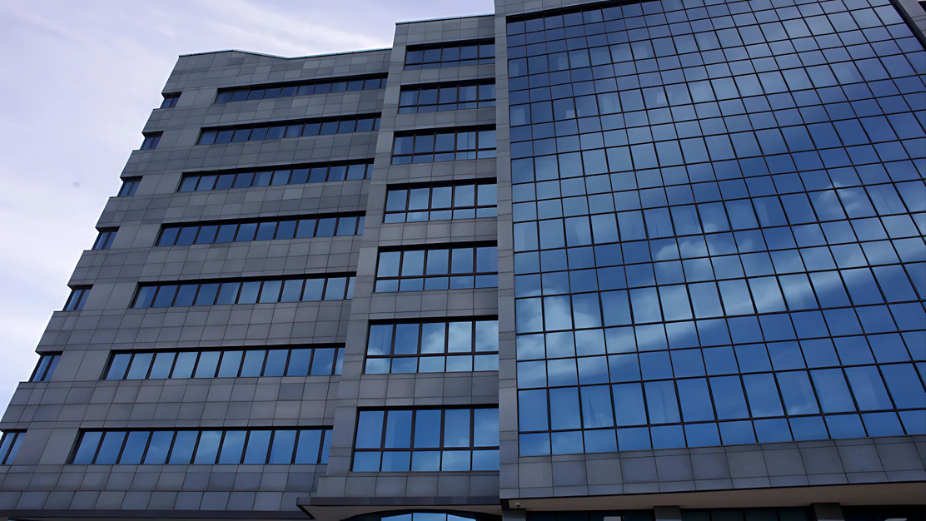
The Maldives Monetary Authority (MMA) has published its Quarterly Business Survey for the fourth quarter of 2024, shedding light on economic activity across key sectors. The findings highlight a robust performance in tourism and transport, contrasted by challenges in the construction sector. Conducted from 25 December 2024 to 12 January 2025, the survey gathered insights from 114 enterprises, offering a snapshot of the current economic landscape and future expectations.
Tourism Sector: A High-Season Boom
The tourism sector recorded strong growth during its peak season, with resorts bustling with visitors. Total revenue and resort bookings rose significantly, with indices of 99 and 81, respectively. These figures reflect the high demand typically seen between December and March, when tourist arrivals are at their highest.
Employment in the sector also improved, with companies hiring more staff to meet demand. The employment index increased to 34, indicating a boost in job opportunities, while wages per employee grew, reflected by an index of 63. Businesses also reported increased costs, with input prices rising (index at 77) and room rates surging (index at 99).
Despite this growth, businesses expect activity to moderate in Q1 2025, as peak season tapers off. Revenue and bookings indices are projected at 56 and 54, respectively, suggesting a slowdown but sustained growth.
Construction Sector: Struggling to Rebuild
The construction sector experienced a challenging quarter, with reduced activity and workforce demand. The volume of construction activity index fell to -35, meaning more businesses reported declines than growth. Similarly, the orders received index dropped to -38, reflecting fewer new projects being commissioned.
Employment in the sector also contracted, with an index of -24 indicating layoffs or hiring freezes. While input costs rose sharply (index at 69), businesses reported slight declines in selling prices, creating further financial strain.
Looking ahead, the sector shows mixed expectations for Q1 2025. Activity is expected to pick up slightly, with a projected index of 30, but orders and employment may continue to decline, as indices are forecasted at -10 and -13, respectively.
Retail Sector: Solid Sales Despite Challenges
The wholesale and retail trade sector showed steady growth in Q4 2024. The volume of sales index reached 59, reflecting strong consumer demand, while orders placed with suppliers increased, with an index of 64.
Although businesses hired fewer new employees (employment index at 55), wages rose at the same pace, indicating higher labour costs. Input prices also climbed, with a cost of sales index of 69, while average selling prices edged up to an index of 15.
The sector’s financial outlook remains cautious, with many businesses still reporting weak conditions. The financial situation index improved slightly to -5 but remains in negative territory. Businesses anticipate a moderation in activity for Q1 2025 and expect credit conditions to tighten further.
Transportation and Communication Sector: Continued Growth
The transportation and communication sector sustained its momentum in Q4 2024, driven by high demand for services. The total revenue index rose to 91, while the demand index reached 94, reflecting strong consumer and business activity.
Employment in the sector increased significantly, with an index of 94, and wages grew at a moderate pace (index at 38). Input prices remained high (index at 36), but businesses lowered their selling prices (index at -15), likely to remain competitive.
Businesses in this sector remain optimistic about the first quarter of 2025, expecting growth to continue, albeit at a slower pace.
Prices and Credit: A Sectoral Challenge
Input prices rose across all sectors, particularly in tourism and construction. Selling prices followed suit in tourism and retail but declined slightly in construction and transportation.
Access to credit remained a challenge for most sectors, with only tourism reporting improved conditions. This disparity could hinder recovery in more vulnerable industries, such as construction and retail.
The survey paints a complex picture of the Maldivian economy. While tourism and transportation continue to drive growth, construction and retail face significant hurdles. With businesses expecting slower activity in the coming months, policymakers may need to address sector-specific challenges, particularly around credit access and financial stability.
By contextualising these numbers, the findings provide a clearer understanding of the dynamics shaping the nation’s economic performance.












